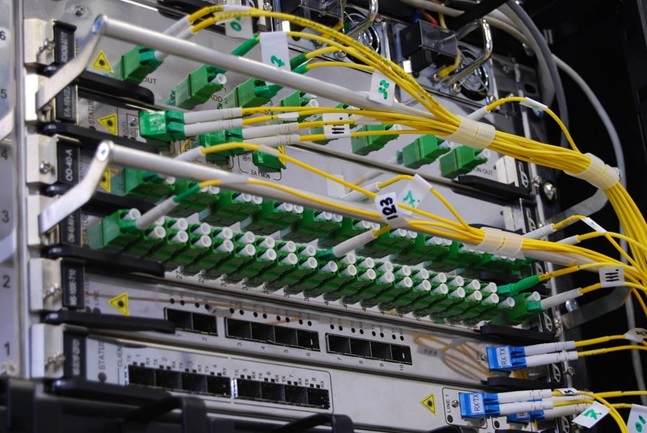Security Threats that Telecom Faces
The telecommunication industry has undergone a revolution in recent years. Most companies need telecom services for efficient business operations. Today, there is a high demand for mobile telephones and Internet services. Large corporations, small businesses, and individuals rely on telecom service providers for various functions. Working, business meetings, online shopping, paying bills are possible through telecom networks.
However, the telecommunication companies are not immune to security threats. Numerous sectors globally can suffer the effect of technology disruption, causing data breaches and business losses.
This article discusses the security threats facing telecom networks and their strategic solutions. Here are the main threats affecting the network providers.
Malicious Attacks
Today, cybercriminals target telecom networks because of their sophisticated equipment. Apart from harvesting sensitive data, the attackers vandalize, damage tools, and steal essential items. In addition, the criminals can also attach spying equipment used for terror attacks.
Here are examples of malicious threats:
- Cable stealing
Usually, the networking cables are designed with copper seals to protect the inner parts. The copper cables are easy to remove and highly valuable. Metal theft is a rising malicious threat globally since the cable exposure might jeopardize the networks immensely.
- Cable damaging
Telecom networks include undersea cables and satellites situated in a specific geographical location. Terrorists might target such networks intentionally to disrupt communication services. Or they might use submarine or ship anchors to damage the cables on the seafloor.
- Jamming signals
Tech-savvy criminals can also use signal jammers to interfere with satellite and mobile signals. These jammers have radio signals that cause network congestion and communication interference.
Companies should implement strict security policies and consequences against vandalism. In addition, they should maximize the physical strength of the cables to prevent deliberate damages.
Non-deliberate Attacks
There are also external threats that occur without deliberate human interference. Let us explore the non-deliberate threats:
- Computer System Malfunction
Telecom networks usually face system malfunctions on the software or hardware components. Poor maintenance, lack of patch management, and obsolete applications might cause such malfunctions on the network systems. In addition, the unavailability of spare parts is also a danger to communication infrastructure.
- Power Outages
A sufficient power supply is essential for seamless operations. If a telecom company does not have a power supply backup, transmission issues will arise during power outages.
- Cable Damage Accidents
As mentioned above, cable damages result in severe network interruptions. Apart from vandalism, the damages can occur during accidents. Operators can damage the cables during installations or maintenance procedures.
Thus, telecom companies should invest in alternative power supplies to avoid such threats. It is also advisable to hire competent people for installation jobs to prevent accidental cable damages.
Cyber Attacks
Telecom databases comprise large amounts of personal data, making the companies cybercrime targets globally. Cybercriminals are getting more sophisticated, and they can infiltrate network infrastructure with ease. Below are ways in which cyber-attacks occur:
- Network devices
Many devices within the telecom companies are often susceptible to cyber-attacks. Online hackers might launch subtle attacks through particular applications and sabotage the entire system.
- Middle-man attacks
This type of attack involves third-party interference when two people are communicating. The attacker might record, collect and change the information for fraudulent purposes.
- Legacy software
Telecom companies still using legacy protocols are vulnerable to all the above network threats. Legacy software is not capable of withstanding numerous attacks from advanced technology.
To avoid such cyber-attacks, companies should invest in the latest technologies and implement stringent security measures.
Ultimately, the telecommunication industry continues to encounter various security threats. With advancing technology, cybercriminals are also getting more tech-savvy in hacking systems. Therefore, the network providers must cover all security loopholes and ensure seamless operations.

